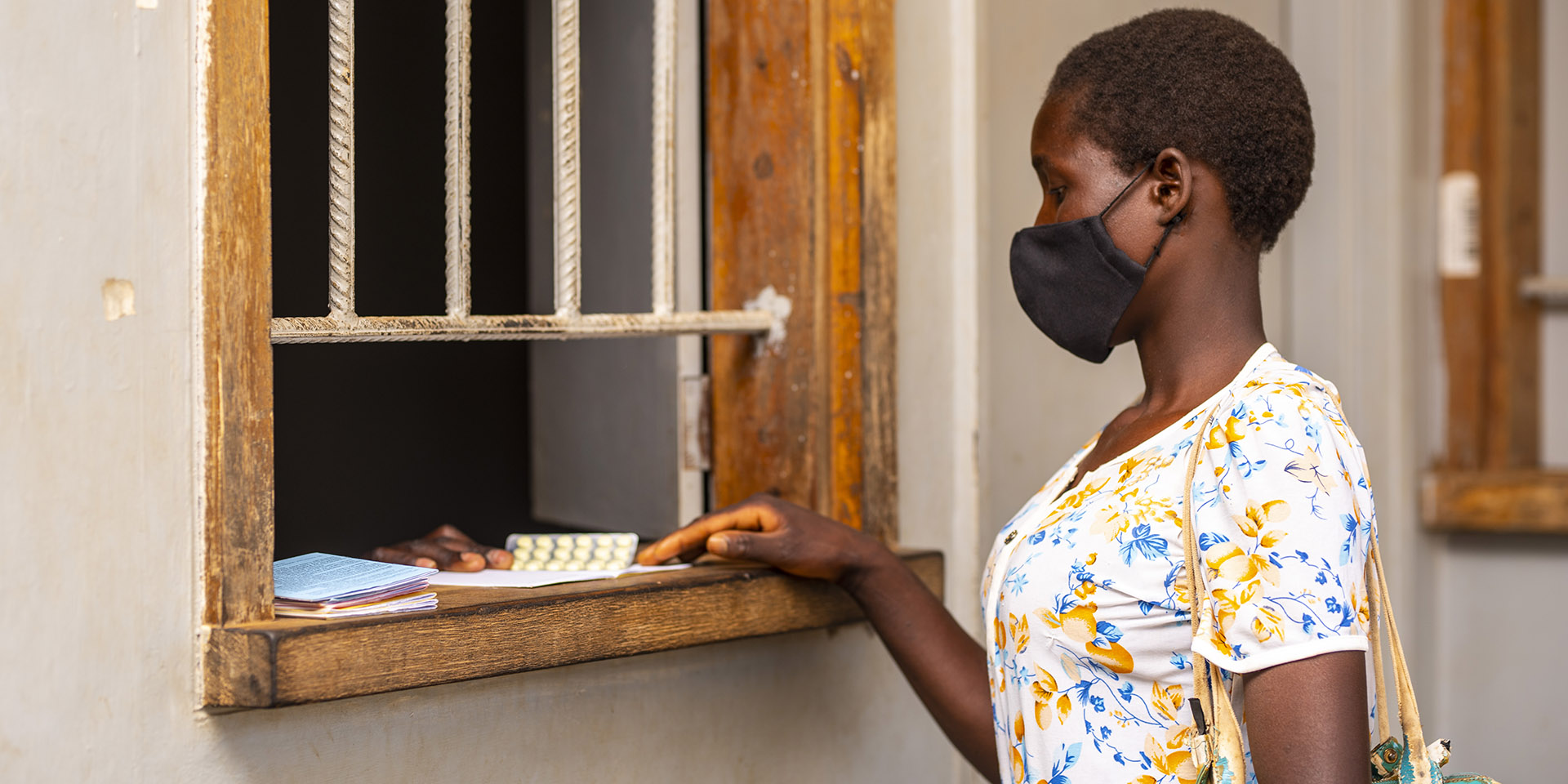While this is a notable highlight, systems that will have automated processes will offer more benefits to the supply chain and quality health service delivery. Real-time data for consumption based on dispensing will be readily available in the system. It will not require downloading DHS 2 data and then having it compared with data from OpenLMIS.
According to the SCSA report, “inventory data will be based on warehouse management, orders coming into warehouses will be based on procurements. This real-time data on inventory, procurements, shipments, and consumption will help generate accurate and reliable demand and supply plans.” This will improve forecasting and planning accuracy.
Patients will be major beneficiaries as they will be accessing genuine medicines at the right time, in adequate quantities, at the right place, and at the lowest cost as intended by the SCSA. This will be made possible with real-time data accurately determining quantities at all levels during forecasting. The Central Medical Stores Trust (CMST) will identify and order quality health products. There will be real-time consumption data captured once pharmacists give out medicines in health facilities.
A further benefit for patients is receiving high-quality commodities. Not expired, substandard or falsified products. Their safety will be certain as SCSA will allow them to verify a product’s authenticity. With the adoption of NPC in 2021 and aligning Malawi to Global Health Standards 1(GS1), patients can get details of the product manufacturer and expiry date. This will be done by scanning the product’s barcode on medical products using a mobile phone.
The alignment to GS1 requires the SCSA to adopt global standards so that data from global organizations are easily incorporated and understood by local data sources and sources. This provides the ability to trace, track and verify products along the supply chain.
